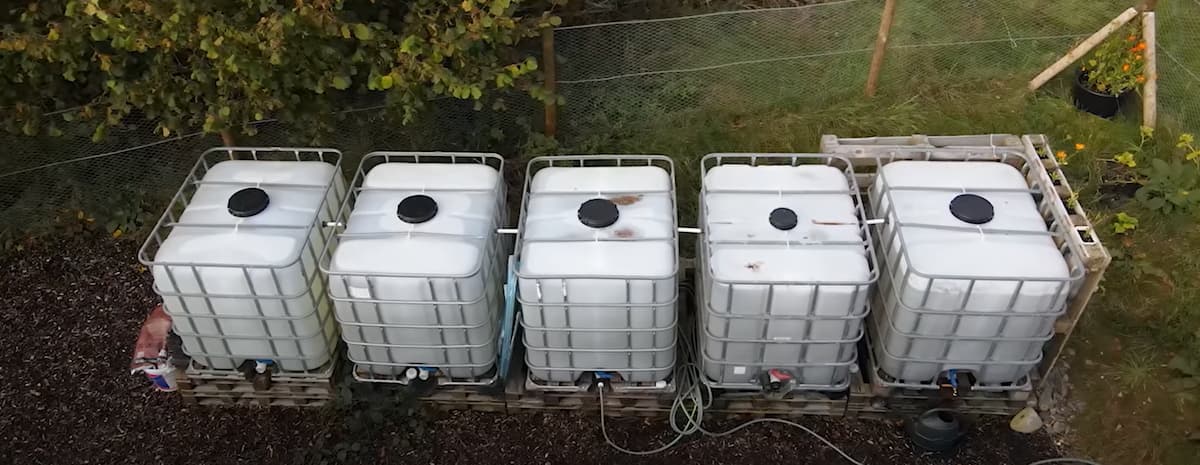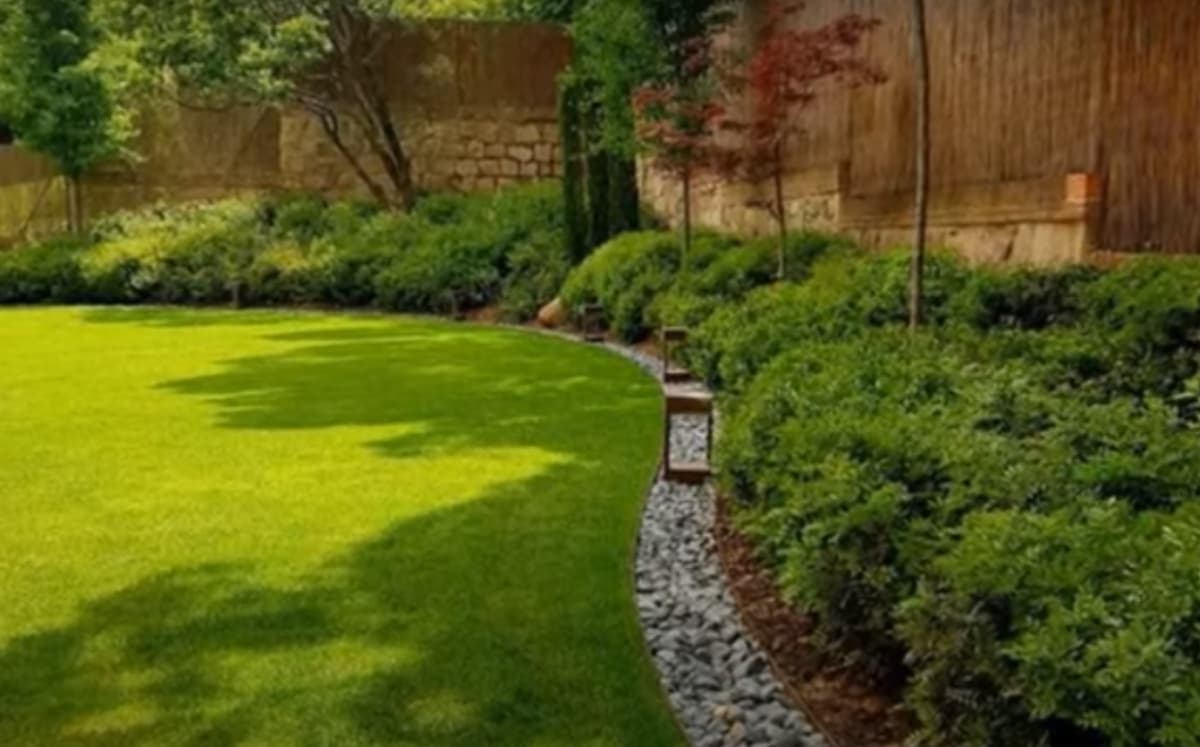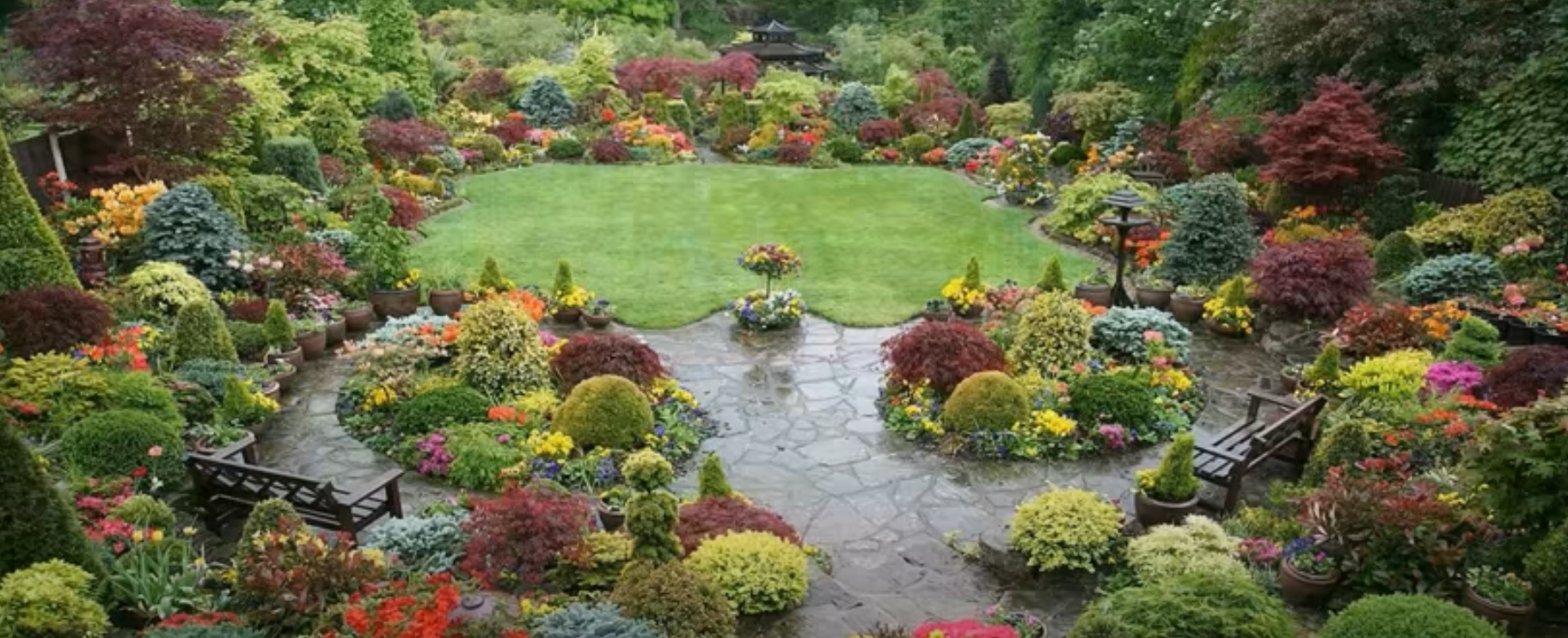
A vertical garden is a method of gardening where you’re growing plants in a natural way, vertically on a wall or window. If you have limited space, it provides the perfect solution to maximizing the available floor area for other uses while being an attractive addition to any home, especially if you planted flowers for your home.
If you are living in an apartment building, vertical gardening is perfect since it will give you the added satisfaction to plant and produce some of your own fresh food and herbs close at hand. It is also ideal for those with little access to outdoor space or minimal sunshine settings.
Vertical gardens can be made from many materials such as wood, bamboo, metal, plastic or galvanized steel mesh with stone wool growing mediums attached to them.
Vertical gardening can be organized into sections that provide different kinds of soil depending upon what you plan on growing. By using a vertical garden, you save space and time as well as provide yourself with a bountiful supply of fresh vegetables, fruit and herbs. Farming and gardening in your own home.
Some of the best benefits are that it can be positioned anywhere indoors such as on your balcony or window sill. Vertical gardens usually require at least 4-5 hours of daily sunlight to ensure proper growth. You can also make use of artificial lighting or grow lights to maximize the amount of sunlight absorbed by the plants during dark times. It all depends on your vertical gardening overall structure and the plant itself.
Window Boxes for Vertical Gardening
Window boxes are a convenient, easy and affordable vertical garden option for those with limited space. The boxes suit the majority of indoor plants such as succulents, herbs and vegetables.
With the help of a few basic tools, you can build your own window box in an afternoon. The materials are common and inexpensive so homeowners can easily find everything they need for this project.
Plants like tomatoes and strawberries go well with this kind of gardening seeing as they show strong results in small spaces; however, even leafy greens like lettuce and herbs like basil will flourish if given enough light and water.
As for watering – hand watering is recommended for almost every plant since there’s a higher chance of overwatering. You can use a hand watering kit that you attach to the top and bottom of your vertical garden for this purpose – it distributes water evenly and does not saturate the soil. It also reduces the time required for watering as you only need to fill up the reservoir once or twice a week depending upon the number of plants in your vertical herb garden.
When watering, make sure the excess moisture is allowed to drain out at the bottom of your garden so that it does not stagnate and cause root rot or mould growth. Be careful with fertilizers as overdoing it can be just as bad if not worse than under-fertilizing. This is especially true for flowers more than some plant.
Planter boxes like the Earthbox and Smart pots have drainage holes at the bottom along with a tray to capture excess water that can be used for vertical gardens.
DIY Wall planters are also a great way of gardening vertically. If you’re the type of person who loves taking up DIY projects, try making an indoor vertical wall garden.
All in all, a vertical garden is a multi-purpose gardening method that is perfect for those who feel they lack sufficient outdoor space. If sunlight and water are provided, plants will flourish regardless of their location.
Why are Vertical Gardens Perfect for Offices?
A vertical garden is ideal if you’re looking to improve your office’s environment. It offers the following benefits:
- Natural air purification
- Indoor plants act as natural air purifiers by absorbing carbon dioxide and releasing oxygen, thus helping to decrease pollutants in the atmosphere.
- Atmospheric improvement
- These gardens serve as a relaxing addition to work, especially if you listen to the sounds of water trickling from a small fountain.
- Ambience improvement
- Vertical gardens also help to improve the work environment by increasing a workspace’s attractiveness and coziness, thus improving workers’ moods and efficiency.
- Air circulation improvement
- Plants in a thriving vertical garden will create oxygen while removing carbon dioxide from the air around them, thus helping to increase air circulation in an office space.
- All of this points towards why Vertical Gardens are such great addons for Offices and Cubicles. They keep the working atmosphere fresh and clean while adding some green into your lives when indoors can be so bleak during winter when windows get blocked out by snow or when it’s raining all day long every other day.
- It brings a lot of benefits to the workplace and is a very worthwhile addition if your property allows for one. If you’re looking at making your property more ‘Green’ – Vertical Gardens are a great start!
How Much Light Does a Vertical Garden Need?
A vertical garden needs at least 4-5 hours of direct sunlight daily to thrive. As for artificial light, you can use grow lights to keep plants thriving during the nighttime.
Though plants like tomatoes and strawberries excel in small spaces, even leafy greens like lettuce and herbs like basil will flourish if given enough light and water.
However, make sure excess moisture is allowed to drain out of the garden so that it does not stagnate and cause root rot or mold growth.
Vertical gardens are great for areas with low light such as an office cubicle, but make sure to add a few plants that can thrive without too much sunlight such as mints, ferns and succulents.
How Much Garden Space is Required?
The more plants in a vertical garden, the more oxygen is produced. So if you’re hoping to increase the air quality in your office, opt for smaller planters that can be stacked higher.
For office buildings with a smaller space, consider using large hanging baskets or wall-mounted planters that are compact yet functional. For medium-sized spaces, go for DIY planter boxes made from wooden crates with individual compartments to prevent messiness and overcrowding.
As long as they receive at least 4 hours of direct sunlight daily without being overloaded with water or fertilizer, most types of vines and leafy greens will thrive in any size space provided they have enough room to grow upwards rather than outwardly.
What is the Best Way to Water My Vertical Garden?
The best way to water your vertical garden is to utilize a drip irrigation system. The soil in these gardens tends to dry out more quickly so the water must be delivered directly to its roots for it to absorb properly.
If you do not have access to this equipment, make sure you water your kitchen garden thoroughly every other day by filling up each planter with an adequate amount of water for its size.
To prevent overwatering, let the excess liquid drain out through holes at the bottom of the planters before returning them back into place atop office shelves or leaning against cubicle walls.
How Should I Fertilize My Vertical Garden?
For indoor gardens, use natural fertilizer pellets that dissolve only slowly over time – never use powder-like fertilizers that will quickly degrade into nitrogen that can potentially burn plant roots.
Combine fertilizer pellets with rich potting soil to ensure adequate nourishment for your plants without the risk of burning them. Fertilize once every 1-2 weeks or according to package instructions.
What is the Best Way to Grow Vines in a Vertical Garden?
For vining plants like cucumbers, leafy greens and pumpkins, use trellises or other materials such as hooks and ropes for them to climb on while they grow upwards towards the sun.
Start by planting your vining plants around the outer edge of each container so that they can then be trained upwards either by winding them clockwise or counterclockwise around their support structure.
Once the vines are long enough to reach the centre of your container, switch to more horizontal supports made from wire mesh or sturdy bamboo poles. Do not cut off excess vines as they grow, simply tuck them inwards to continue growing more fruit or flowers later on.
What Makes a Good Vertical Gardening Structure?
A good garden structure for a vertical garden can be anything from simple wooden or metal crates and 2x4s to repurposed wine racks, milk crates and even old paint hangers. These garden containers can be hung on hooks or tied onto walls. They must also be wide and spacious enough to hold soil and water without tipping over and must be vented on the sides to prevent mould growth and overheating.
What Types of Plants Can Survive in a Vertical Garden?
Succulents, ferns and other plants that have thick leaves or can be easily supported by thin vines lend themselves well to growing in vertical gardens.
Other types of greens like lettuce, kale, summer squash and cucumbers also make suitable choices for vertical container gardens. Herbs such as mints, parsley and basil are also good additions to this type of garden because they don’t need much sunlight while remaining very low-maintenance. As long as these plants get at least 4 hours of direct sunlight per day without being over-watered or fertilized too heavily with nitrogen, you stand a better chance of having an indoor garden that actually thrives instead of merely survives the harsh conditions often found in office buildings.
What are Some Tips for Maintaining a Vertical Garden?
As with any indoor gardening project, it’s vital to take steps to prevent insect infestations and diseases by keeping your plants properly ventilated and preventing mould growth in the soil or on the walls.
Some plants are more suitable for container gardening than others, so it’s important to choose the right plants to suit each vertical garden’s specific needs rather than simply tossing everything into one pot without thinking about how they will all grow together.
Certain plants need higher levels of moisture and humidity than others, so be sure to choose plants that thrive in the moisture levels present in your home.
When you begin your project by filling each container with enough soil and compost to support a large plant, remember to gradually decrease the amount of soil as it gets closer and closer to the top so that only a thin layer of soil remains on top of the last container.
What Kind of Walls Support Vertical Gardens?
Vertical gardens can be created on almost any type of wall, but stay away from rough textures like cinder block or stucco because they are difficult to attach hooks and supports onto. Smooth surfaces such as drywall work best for this purpose. When it comes to wall colours, bright whites and pastel shades make the best surfaces for indoor vertical gardens as they reflect as much light as possible.
What are Some Good Gardening Techniques?
Plants that require a trellis or some other structure to climb on should be tied on with twine and not allowed to grow upwards by themselves.
Unless you’re growing plants with very shallow roots, avoid planting anything directly into the soil of your container garden as it can easily become waterlogged causing root rot. Instead, place a few stones at the bottom of each container before filling it with potting mix. This is also a good way to help prevent any soil from dripping out through the drainage holes when you water your plants.
How Tall will My Vertical Garden Grow?
This will really depend on what type of containers you use, what types of soil and compost you add and how much light your plants receive. Some vines like cucumbers and beans can be allowed to climb freely while others like ivy and morning glories must be trained onto a trellis or other structure.
Once your vertical garden has matured, you’ll know exactly how tall it should grow for future reference. This is especially important when it comes to plants that will bear fruit such as tomatoes and peppers because you don’t want them to become too heavy and topple the entire plant over.
When vines start getting too long or creeping up a wall, a simple solution is to simply cut them back with some sharp clean scissors at their base before they can damage any of your plants by snagging on them during their growth spurt.
Who Created the Vertical garden?
A lot of people credit Patrick Blanc as being the inventor of vertical gardens, but it’s actually a technique that has been used for centuries in many Asian countries including China and Japan.
The great thing about these sorts of gardens is how easy they are to install using modern tools. A few nails, screws and some hooks are all you need to transform your walls into an organic living masterpiece.
What are Vertical Gardens Good for?
Thanks to vertical gardens, it’s now possible for city-dwellers to have their own source of fresh vegetables even if they don’t have access to a garden or balcony. You can create your own organic produce anywhere in the world simply by installing a few hanging pots on the wall.





